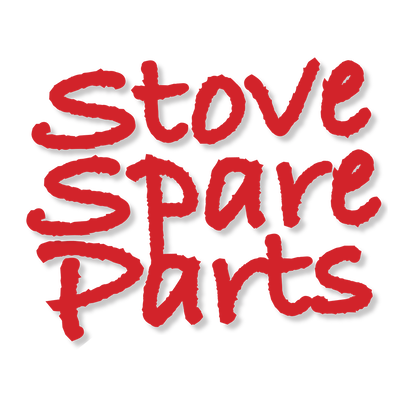Always check the chimney cowl after heavy winds to ensure that it has remained safely in place and is still fully functional, or at the very least do this at the end or the start of the heating season. Heavy sooting (or even clogging) around the cowl would indicate that you are not fully combusting your wood fuel (possibly because it is damp or green) or that you have a cold chimney – either way this means that you are not getting the best out of your stove or your fuel.
Burning wet or green wood can very quickly clog a flue system and cowl to such an extent that it renders the stove dangerous to use either from carbon monoxide not being sufficiently expelled through the flue system to creating the correct ingredients inside the chimney cause a fire. Continuous slumber burning, without every fully firing the stove for at least half an hour each day, will also cause problems with the flue system and for that reason you should also doube-check that the space above the stove baffle plate and flue way itself are both clear of soot. Slumber burning may never fully warm the chimney so that any flue gases have cooled enough to create soot and creosote deposits before or just as they exit the flue system via the cowl thus accounting for the soot or clogging around it.
Where there is excessive sooting or any indication of clogging around the cowl then the chimney should be immediately swept by a fully competent sweep with experience of cleaning stove flue systems. At the same time you should review your choice of fuel and how you burn it. Where possible refer to stove operator's handbook which came with the stove.
While you are checking the cowl also look out for any new tree growth overhanging the chimney or any new building extensions close by which could adversely affect the operation of the flue draught and take steps to remedy the potential problem, either by pruning the foliage or fitting a specialist flue cowl.

